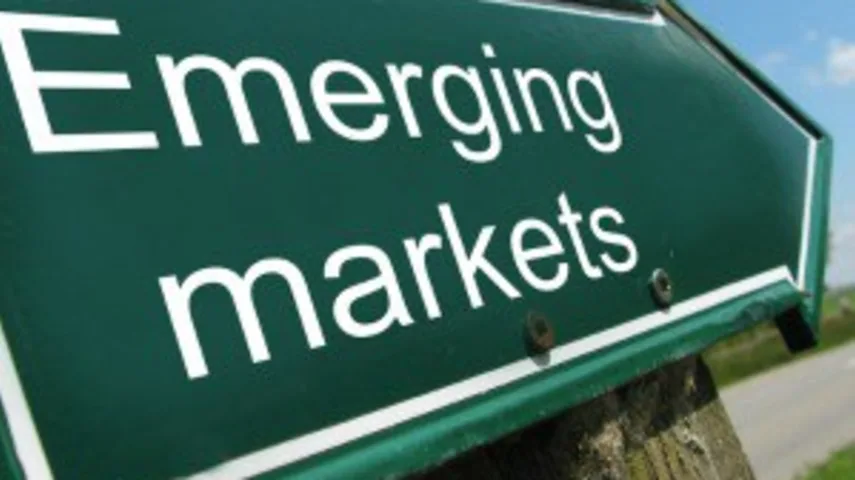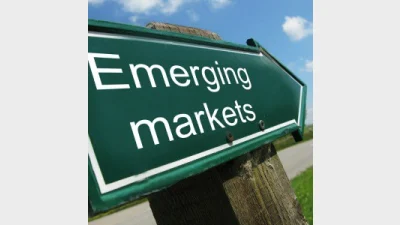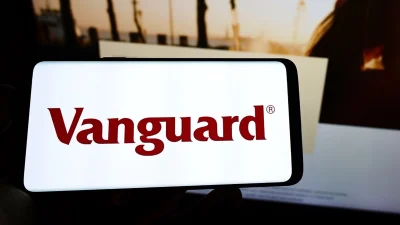EMD investors look at blended strategies



Emerging market debt investors are increasingly turning towards ‘blended’ strategies that include local and hard currency as well as corporate bonds, according to investment implementation specialist consultant bfinance.
Although the number of blended EMD funds trebled since 2009, while specific local and hard currency EMD funds doubled, investors still struggled with the implementation of such strategies, the firm said.
Additionally, the performance analysis within blended emerging market debt was particularly difficult due to the wide variety of benchmarks and the presence of absolute return strategies (32 per cent) making benchmark-relative performance analysis unfeasible.
Also, in emerging market debt the use of local versus hard currency bonds dictated performance which helped drive a “dramatic increase” in blended EMD strategies.
According to bfinance, in 2009-12 a shift in appetite from local currency towards hard currency happened which translated into blended strategies that combined different EMD sub-sectors.
Bfinance’s head of public markets and managing director, Mathias Neidert said: “We have seen a very significant increase in emerging market debt searches in 2017, much of which has been directed towards blended strategies.
“With the trend appearing likely to continue, this seemed to be an opportune time to share some detailed scrutiny of the blended EMD sub-sector.
“Only a minority of managers in this space are doing what I would call true top-down tactical allocation for local currency, hard currency and (where relevant) corporate debt: more are taking a bottom-up approach and, in a lot of cases, these weightings aren’t changing a great deal through time.”
Recommended for you
Natixis Investment Managers has hired a distribution director to specifically focus on the firm’s work with research firms and consultants.
The use of total portfolio approaches by asset allocators is putting pressure on fund managers with outperformance being “no longer sufficient” when it comes to fund development.
With evergreen funds being used by financial advisers for their liquidity benefits, Harbourvest is forecasting they are set to grow by around 20 per cent a year to surpass US$1 trillion by 2029.
Total monthly ETF inflows declined by 28 per cent from highs in November with Vanguard’s $21bn Australian Shares ETF faring worst in outflows.











